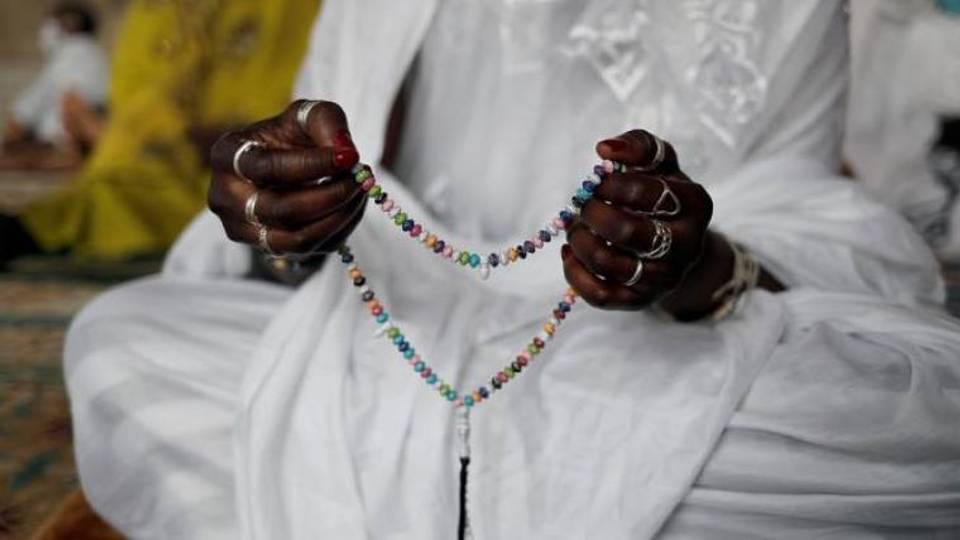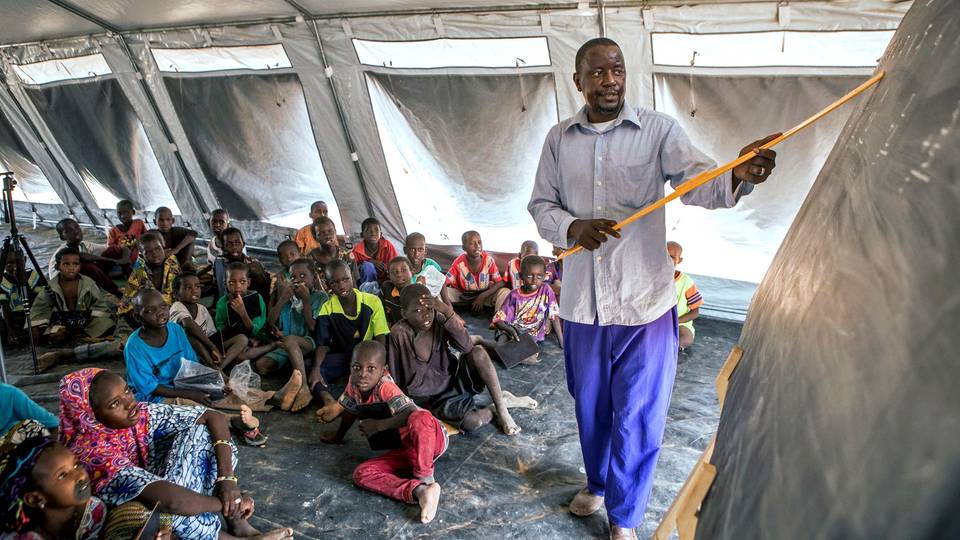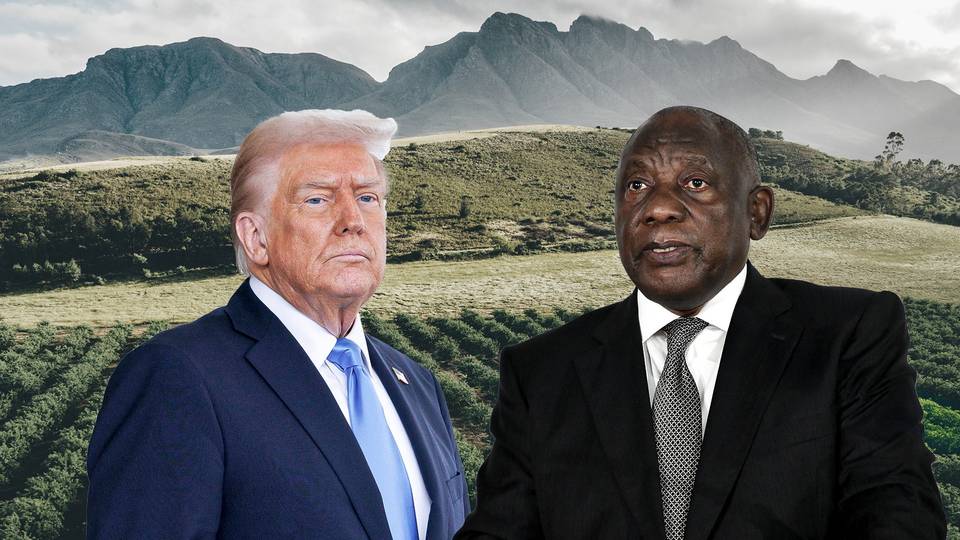Sport
Dollar
38,2552
0.34 %Euro
43,8333
0.15 %Gram Gold
4.076,2000
0.31 %Quarter Gold
6.772,5700
0.78 %Silver
39,9100
0.36 %Students who took over Hamilton Hall to protest Israel's war on Gaza were following in a long line of historic activism at the Ivy League school. But Columbia doesn't seem to have the stomach for it anymore.

By Eraldo Souza
This week, students at Columbia University continued a tradition of protest that harkens back to at least the 1950s. Hamilton Hall, home to the Dean's office, was taken over and renamed Hind Hall as a tribute to six-year-old Hind Rajab, a Palestinian girl who was killed this year by Israeli tanks while waiting for emergency services to reach her.
Unfurling a large banner at the building's entrance, students stood defiantly in opposition to Israel's war on Gaza, and to their university's investments in a number of companies with business ties to Israel.
The protest lasted less than 24 hours, after police were sent in by administrators to remove and arrest the students.
Officials appeared to be more tolerant of dissent in the past. Half a century earlier, in April 1968, Hamilton Hall was occupied for much longer by students protesting the Vietnam War.
At the time, Henry Coleman was prevented from leaving his office by a barricade. A member of the Students for a Democratic Society described him as "a very nice jock who's been a much better dean than anybody expected."
Protests in 1968
Coleman, the acting dean of Columbia College, had to spend the whole night in Hamilton Hall, which was occupied by student protesters opposed to the university's affiliation with the Institute for Defense Analysis. The pro-armament think tank supported US involvement in the Vietnam War. Students also opposed the ongoing construction of a gymnasium in Harlem that many considered to be a segregated facility.
Between April 23 and 30, the student movement occupied the building, setting a precedent for the activism to which hundreds of Columbia students arrested by the New York Police Department on April 30, 2024, 56 years later, now belong.
While occupying the building, protesters renamed it, calling it the "Malcolm X Liberation College" after white students acting in solidarity agreed to leave the building to ensure that the demands of Black students would be heard.
On April 30, the police brought an end to the occupation by entering the building through underground tunnels and arresting more than 700 people. Policemen then hit students with nightsticks and dragged some of them down the concrete steps of one of the university's libraries.
In May 1968, one month later, 250 students occupied Hamilton Hall once again to protest the suspension of 130 students in the aftermath of the April movement. But this time, the police acted faster, ending the occupation 10 hours later. The university also suspended all involved protesters.
Continuing the same tradition of anti-Vietnam war resistance, students reoccupied the hall in 1972, barricading themselves in it and locking its doors with chains. One week later, the police cleared the building once again. This time no one was arrested, although a court injunction was put in place forbidding the occupation of the university's buildings.
1980s and '90s
The Vietnam War ended in 1975, but student associations at Columbia and Barnard College continued their activism, now directing it at the university's investments in companies operating in Apartheid South Africa.
Led by Black students, the demonstrators ensured in 1985 the largest occupation in the building's history. Only after three weeks did the students leave Hamilton Hall, before a court order was issued requiring them to do so. That same year, Columbia's board of trustees voted to sell all the university's stock in American companies operating in South Africa.

During the 1990s, Hamilton Hall would be once again home to protests. As Columbia planned to turn the Audubon Theatre and Ballroom where Malcolm X had been assassinated in 1965 into a biomedical facility, students blocked the building for less than a day in 1992.
After the initial occupation, the protesters left the building and marched to Broadway, where they temporarily blocked traffic. Their demands were not met, however, and some of them ended up being suspended by the university.
Four years later, in 1992, 100 protesters occupied the building for four days to demand the creation of an ethnic studies department.
The occupation ended after they reached a settlement guaranteeing a space for the Asian and Hispanic studies programmes on the campus. The university's renowned Center for the Study of Ethnicity and Race would be established three years after the occupation.
Palestine solidarity
Hamilton Hall has been occupied at key moments in American history, and this time around has been no exception to the rule. As Israel confirms it will launch a ground invasion in Rafah, student activists around the United States and the world have forced public attention to turn to Gaza.
The police crackdown this week resonates strongly with the repression of the 1960s, but not with the way Columbia has avoided mobilising the police to deal with the occupation of Hamilton Hall since 1972. During this period, the university's repressive measures consisted mostly of suspensions and threats of expulsion.
Beyond university walls, resorting to court injunctions against occupations was also a common strategy. But, likely under pressure from pro-Israel donors, this administration has broken with tradition.
Except for the anti-Apartheid protests of 1985, occupations have consistently taken place in election years. This year, likely more than in any case in the past, the occupation of Hamilton Hall will have a major impact on the ballot.
Hamilton Hall occupations have been consistently led by Black students and students of colour, who are most affected by police brutality and violence in the United States. Their support for candidates who advocate defunding or abolishing the police will only grow in the months to come, and their willingness to go to the polls to re-elect US President Joe Biden will most probably decline.
Activists and their supporters will not forget that what happened at Hamilton Hall this week was made possible under a Democratic president, a Democratic governor and a Democratic mayor.
The same applies to the young electorate in general, 51 percent of which supports a ceasefire in Gaza. Although only 37 percent of young voters prefer former President Donald Trump over Biden, less than half of young Americans plan to vote this year. This is not good news for the current president.
On social media, activists and their supporters said they will not forget that what happened at Hamilton Hall this week was made possible under a Democratic president, a Democratic governor and a Democratic mayor who have comfortable majorities in the state assembly, the state house, and the city council.
By choosing April 30, as in 1968, to vacate Hamilton Hall, Columbia may have committed a strategic error: Amid Labour Day commemorations around the world on May 1, more protests are taking shape.
At a time when repression is only driving the movement to expand, it remains to be seen how the end of the academic year will impact. For now, the protests seem to foreshadow a long summer of anti-war resistance.
The author, Eraldo Souza dos Santos, specialises in the global history of social movements. He is an incoming Klarman Fellow in Government at Cornell University and an incoming Assistant Professor of Criminology, Law and Society at the University of California, Irvine.
Disclaimer: The views expressed by the author do not necessarily reflect the opinions, viewpoints and editorial policies of TRT Afrika.
➤Click here to follow our WhatsApp channel for more stories.
Comments
No comments Yet




















Comment